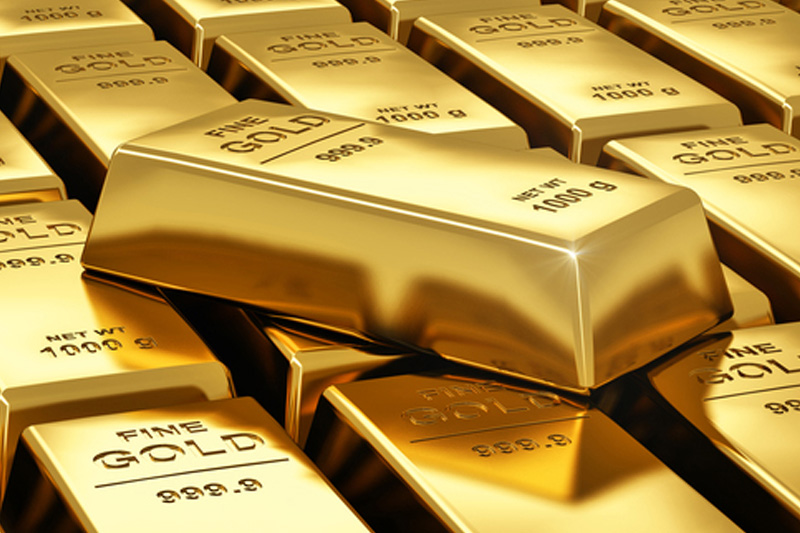Investing.com – Gold has crossed the half-year mark with a gain of about 5% in both futures trading as well as the spot price of bullion. But the yellow metal’s hold on the $1,900 support is fraying amid fears of more rate hikes by the Federal Reserve.
on New York’s Comex settled at $1,921 an ounce, up $11.50, or 0.6%, on the day. The session low of $1,908.15 was just above the three-month bottom of $1,900.60 struck on Thursday. For the week, the benchmark gold futures contract was up 0.4. For the month, it rose 2.7%, while for the year it showed a gain of 4.7%.
The , which reflects physical trades in bullion and is more closely followed than futures by some traders, was at $1,919.76 by 15:45 ET (19:45 GMT), up $11.51, or 0.6%.
Friday’s run-up in gold came after a U.S. inflation indicator closely followed by the Fed grew 3.8% in the year to May, in line with expectations and below the key 4% level for the first time in more than two years, data from the Commerce Department showed.
The Personal Consumption Expenditures, or , Index was previously up by a revised 4.3% for the 12 months to April. Economists polled had also forecast on the average a 3.8% annualized growth for the PCE in May.
But the Index, stripped of food and energy prices, continued to show an annualized growth of above 4%. For May, that component expanded by 4.6% — just below the forecast 4.7%, which was also the official growth rate for core PCE in April.
The Fed watches both headline and core PCE closely to gauge on how to proceed with interest rates.
Headline PCE stood as high as 6.39% in July 2022. Another broad measure of inflation, the , grew by 4% in the year to May, expanding at its slowest pace in more than two years.
The Fed’s tolerance for inflation is a mere 2% per annum. The central bank has raised interest rates to around 5% since the end of the coronavirus outbreak in March 2022, bringing them to a peak of 5.25% in an attempt to bring inflation back to its targeted level.
“[The] big picture [is] Inflation is slowing, but it’s still too high for the Fed,” MarketWatch said in a commentary published soon after the PCE report was put out by the Commerce Department. “Senior Fed officials worry that rising labor costs and price increases in major parts of the economy such as housing could keep inflation at elevated levels for a few more years.”
Prior to the PCE data, gross domestic product data on Thursday showed more resilience than thought in the economy, a development that could put more winds behind the Fed’s rate hike sails.
U.S. grew by an annualized 2% in the first quarter of this year, the Commerce Department said Thursday in a revelation likely to add to the Federal Reserve’s relief that its rate hikes had not weighed too much on growth.
Economists polled by U.S. media had forecast a year-on-year growth of only 1.4% on the average for the January-March period. The Commerce Department’s prior growth estimate for the quarter was just 1.3%.
The Fed’s next decision on rates will be on July 26. Many economists predict the central bank will add another quarter percentage point to at that meeting, bringing to a peak of 5.5%, as it tries to further tame inflation.
Read the full article here










